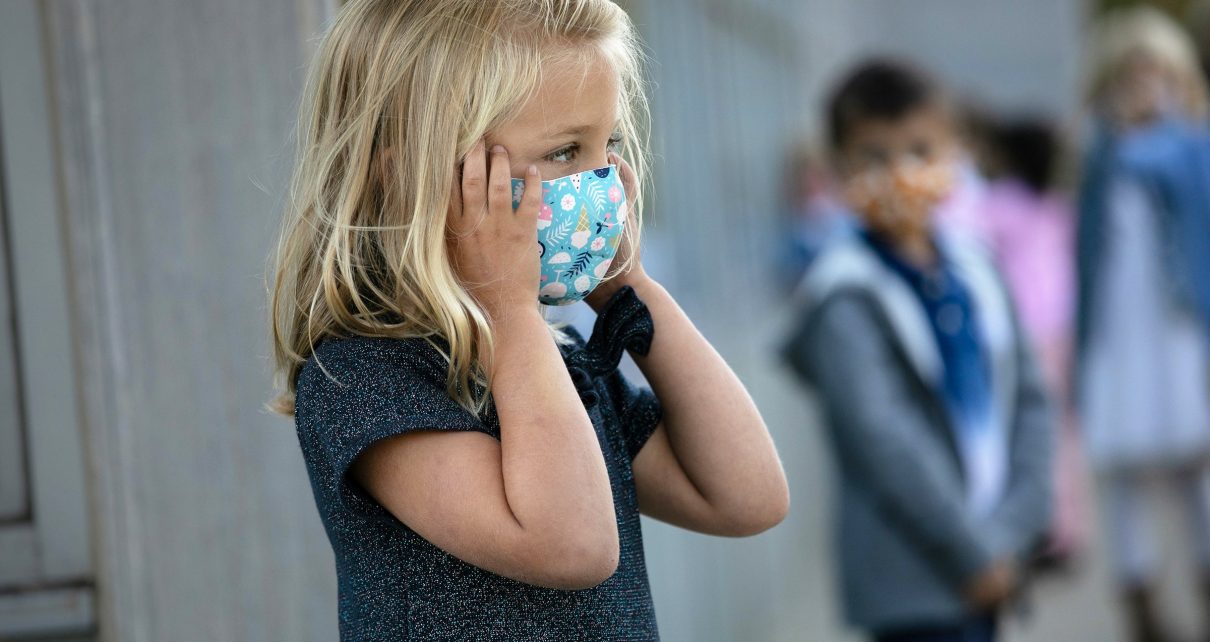The items below are highlights from the free newsletter, “Smart, useful, science stuff about COVID-19.” To receive newsletter issues daily in your inbox, sign up here. Please consider a monthly contribution to support this newsletter.
For some SARS-CoV-2 vaccine makers, a vaccine “could meet the companies’ benchmarks for success if it lowered the risk of mild COVID-19, but was never shown to reduce moderate or severe” COVID-19, nor the risk of hospitalization, intensive care admission or death, according to an essay published 9/22/20 in The New York Times. This statement pertains to vaccines being developed by Moderna, by Pfizer, and by AstraZeneca, the essay states. The benchmarks should be higher, the authors contend. Evidence should instead show that a vaccine reduces the risk of moderate or severe cases, write Dr. Peter Doshi of the University of Maryland School of Pharmacy and Dr. Eric Topol at Scripps Research. The essay states that reducing the risk of mild COVID-19 does not guarantee a similar reduction for moderate or severe cases. In both the Moderna vaccine experiments and the Pfizer vaccine experiments, some people report feeling “side effects that are similar to the symptoms of mild COVID-19,” the essay states.
London could be the site of the first experiments in which quarantined volunteers would be deliberately exposed to SARS-CoV-2 after being inoculated with a candidate vaccine to protect against the new coronavirus, according to various reports. Such experiments are called human challenge trials. The London experiments are expected to start in January, Reuters reported 9/23/20, picking up an initial report by The Financial Times (paywalled). So far, about 2,000 participants have volunteered with the group 1Day Sooner for coronavirus challenge trials, the Reuters story states.
Tanya Lewis at Scientific American has reported a feature story on some of the more than 100 U.S. universities and colleges that have contracted rapid, frequent SARS-CoV-2 testing for their campus to a program offered by the Broad Institute of the Massachusetts Institute of Technology and Harvard University (9/23/20). Institutions’ reports on the program so far are positive, and such an approach to testing “could be a model for reopening colleges and institutions nationwide,” Lewis writes. The program enables testing once or twice a week throughout the semester for students, faculty and staff, the story states. The story includes comments from users of the Broad program, including representatives from Tufts University, Bowdoin College, and University of Massachusetts Amherst, where the basketball arena reportedly has been converted into a SARS-CoV-2 testing center.
Plans for early access to highly anticipated SARS-CoV-2 vaccines are “taking shape,” reports Nidhi Subbaraman at Nature (9/17/20). Organizations that have issued preliminary plans or guidance so far include an advisory group at the World Health Organization and a panel convened by the U.S. National Academies of Sciences, Engineering, and Medicine (NASEM), the story states. The NASEM panel gives top priority for vaccination to health-care workers and first responders, and then to “medically vulnerable groups,” such as people with preexisting conditions such as heart disease or diabetes as well as “older people living in crowded conditions,” Subbaraman reports. The NASEM panel’s third priority group includes high-risk-of-exposure essential workers such as those working in public transit and schools, as well as people living in homeless shelters and prisons, the story states. Fourth priority goes to young adults, children and essential workers “at increased risk of exposure,” and the fifth priority is everyone remaining. NASEM is set to release a final plan in October, the story states.
In a feature story for The Scientist, Katarina Zimmer explores the latest theories for why some people develop severe COVID-19 and others do not (9/16/20). More details are coming into focus on why the immune system “goes haywire” in some people infected with the virus. One study she mentions found that the blood of patients with severe COVID-19 showed an initial diminished response of interferons, which she defines as “cytokines [small signaling compounds/proteins] that, in general, act to curtail viral replication.” And that can lead to damage that leads to inflammation, the story states. “The higher the damage, the more the immune system is trying to get rid of the damage,” says the director of the Precision Medicine Institute at Mount Sinai. “So it gets activated and at some point…it goes completely crazy.” That leads to the phenomenon called a cytokine storm — the immune system over-reaction. The piece also details new insights into function problems and creation problems in various immune cells (e.g. myeloid cells, T cells, and antibodies). Near the end of the piece, the same researcher is attributed as saying that the myeloid defects could be at the root of the runaway cytokine responses. But an immunologist at Emory University is quoted saying that it’s hard to tease apart the chicken and the egg.
Parts of the U.S. “may be witnessing the first days of an autumn surge,” according a daily coronavirus data page updated 9/24/20 at National Geographic. Lower on the page, graphs indicate that SARS-CoV-2 case-counts have increased in the past week in Utah, Wisconsin, South Dakota, Montana, and Texas; and decreases appear to have taken place in the same period in Delaware, Louisiana, Indiana, Georgia, and Kentucky.
Early evidence suggests that SARS-CoV-2 appears so far not to be spreading inside U.S. schools, report Laura Meckler and Valerie Strauss at The Washington Post (9/23/20). Thousands of teachers and students have been reported as infected, the story suggests, but these “rates of infection are far below what is found in the surrounding communities,” the reporters write. The evidence hints that re-opening schools “may not be as risky as many have feared,” the story states. The story notes that testing and reporting for SARS-CoV-2 is weak in many parts of the U.S., so it’s hard to say if this is an accurate picture of in-school transmission. The story also quotes epidemiologist Michael Osterholm of the Center for Infectious Disease Research and Policy at the University of Minnesota as saying: “Everyone had a fear there would be explosive outbreaks of transmission in the schools. In colleges, there have been. We have to say that, to date, we have not seen those in the younger kids.”
Several indoor-air quality researchers and other scientists have collaborated on a highly accessible 53-page google-document, “FAQs on protecting yourself from COVID-19 aerosol transmission,” designed to inform the general public (9/15/20). The information represents “our best understanding at this time and should always be similar or more stringent than information provided by [the U.S. Centers for Disease Control], [World Health Organization], and most regional & local health authorities.” The document’s authors include Linsey Marr of Virginia Tech; Shelly Miller and Jose-Luis Jimenez both of University of Colorado, Boulder; Kimberly Prather at University of California, San Diego; Charles Haas at Drexel University; and Richard Corsi of Portland State University. I haven’t read the whole document, but a primary point regarding reducing SARS-CoV-2 transmission is that “you should pay at least as much attention to the air you breathe as you do to sanitizing surfaces and your hands.”
This 9/22/20 Bloomberg piece by opinion columnists Max Nisen and Elaine He features an easy-to-read graphic that illustrates the risks to long-term health posed by infection with SARS-CoV-2. The data came from a survey of more than 1,500 COVID-19 survivors who reported to an Indiana University Medical School researcher nearly 100 different long-term health problems. “Researchers have yet to ascertain what share of people infected with COVID-19 suffer from long-term symptoms. But the potential for harm is vast,” based on the number of people infected with SARS-CoV-2, the story states. There’s also a powerful graphic lower on the page showing a data scientist’s estimate of the actual number of U.S. infections through November compared with the confirmed figures.
You might enjoy, “Where the sidewalk ends, outdoor dining begins,” by Jeremy Hooper for McSweeney’s (9/23/20).



